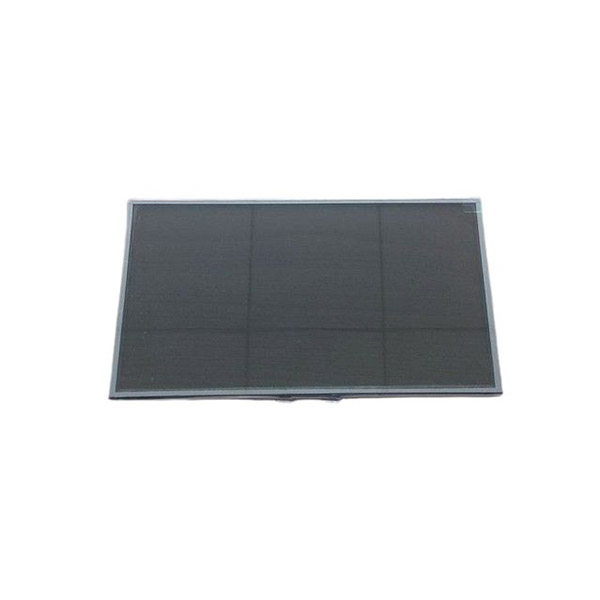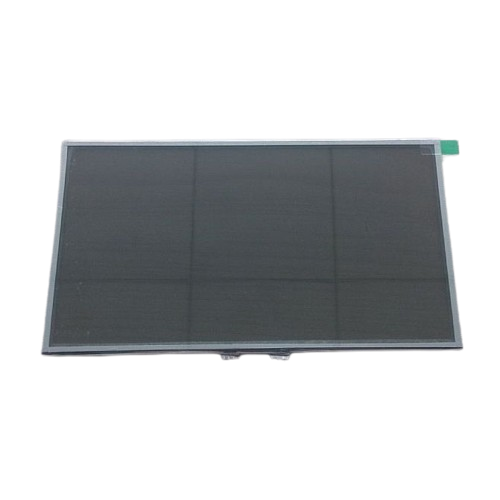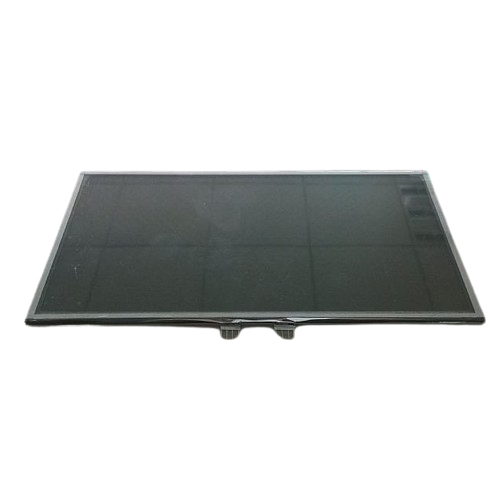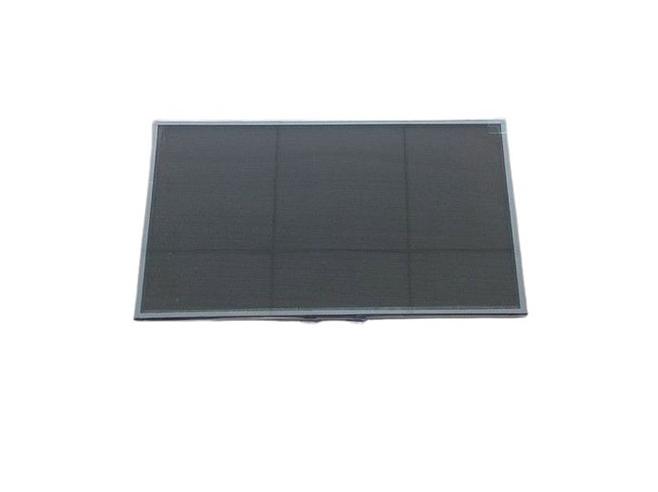In today's visually-driven world, the demand for immersive and engaging display technologies is constantly growing. 3D conversion LCD screens are emerging as a key innovation, offering viewers the ability to experience content with added depth and realism. These screens are finding applications across various sectors, from entertainment and gaming to industrial design and medical imaging, transforming how we interact with digital information.
Understanding 3D Conversion Technology
3D conversion LCD screens employ various techniques to create a three-dimensional viewing experience. Unlike traditional 2D displays, which present a flat image, 3D screens manipulate the visual information to simulate depth, allowing the viewer to perceive objects as having volume and occupying space.
Several methods are used to achieve this effect:
Active Shutter Technology: This method involves using special glasses with liquid crystal shutters that rapidly alternate between blocking the left and right eyes in synchronization with the display. The screen alternately shows images intended for each eye, creating a stereoscopic effect.
Passive Polarization Technology: This approach utilizes polarized glasses and a screen that displays two different polarized images simultaneously. The glasses filter the images so that each eye sees only one of the polarized images, resulting in a 3D perception.
Lenticular Lens System: Plastic films with lenticular lenses can be placed on LCD monitors to create a glasses-free 3D display. These lenses direct different images to each eye, producing a 3D effect without the need for special eyewear.
Light-Field Technology: Light-field displays reproduce light reflected from an object, corresponding to the actual visible position. This autostereoscopic technology projects different images for various viewing angles, creating a natural-looking 3D image without glasses.
Kinetic Energy LED Display: Combining mechanical kinetic energy technology with 3D display tech to present realistic 3D effects9. This requires specialized 3D content and conversion technology to adapt 2D content.

Applications Across Industries
The immersive visual experience offered by 3D conversion LCD screens is valuable across numerous industries:
Entertainment and Gaming: 3D screens enhance the viewing experience for movies, TV shows, and video games, making them more engaging and realistic.
Industrial Design and Prototyping: Designers and engineers can use 3D displays to visualize and manipulate virtual prototypes with greater depth and accuracy.
Medical Imaging: Surgeons and medical professionals can utilize 3D screens to examine detailed medical scans and models, improving diagnostic accuracy and surgical planning.
Education and Training: 3D displays can create immersive learning environments, allowing students to explore complex concepts and visualize objects in a more intuitive way.
Digital Signage: Replacing 2D flat panel displays with 3D images for digital signs, entertainment, and education provides significant enhancement.

Advantages of 3D Conversion LCD Screens
Enhanced Realism: 3D conversion LCD screens provide a more realistic and immersive viewing experience compared to traditional 2D displays.
Increased Engagement: The added depth and dimension can make content more engaging and captivating, capturing the viewer's attention more effectively.
Improved Visualization: 3D displays allow for better visualization of complex data and objects, aiding in understanding and decision-making.
Versatile Applications: 3D conversion LCD screens can be used in a wide range of applications across various industries, making them a versatile display solution.

Challenges and Future Trends
Despite the many advantages, 3D conversion LCD screens also face certain challenges:
Viewing Comfort: Some 3D technologies, such as active shutter glasses, can cause discomfort or eye strain for some viewers.
Content Availability: The amount of 3D content available is still limited compared to traditional 2D content.
Cost: 3D conversion LCD screens can be more expensive than traditional 2D displays.
However, ongoing research and development efforts are addressing these challenges, leading to improvements in viewing comfort, increased content availability, and reduced costs. Future trends in 3D display technology include:
Glasses-Free 3D: Continued development of autostereoscopic displays that do not require special glasses.
Higher Resolution: Increasing the resolution of 3D screens to provide sharper and more detailed images.
Improved Image Quality: Enhancing the color accuracy, contrast, and brightness of 3D displays.
Integration with Emerging Technologies: Combining 3D displays with other emerging technologies such as virtual reality (VR) and augmented reality (AR).

Conclusion
3D conversion LCD screens offer a compelling way to enhance visual experiences across a wide range of applications. By adding depth and realism to digital content, these screens create more engaging and immersive viewing experiences. As technology continues to evolve, 3D conversion LCD screens are poised to play an increasingly important role in shaping how we interact with visual information in the future. Yicheng Optoelectronics Technology Co., Ltd. is committed to driving innovation in LCD screen technology, providing customers with advanced display solutions that enhance visual experiences and enable new possibilities.
Maximizing Efficiency: The Benefits and Solutions of Using Black and White LCD Screens



